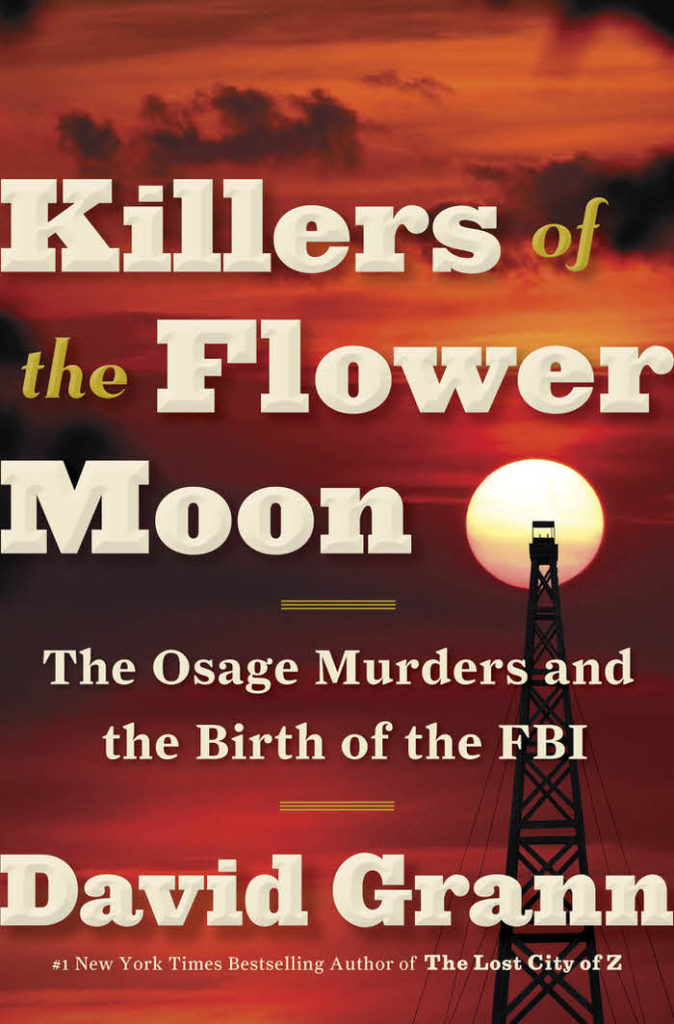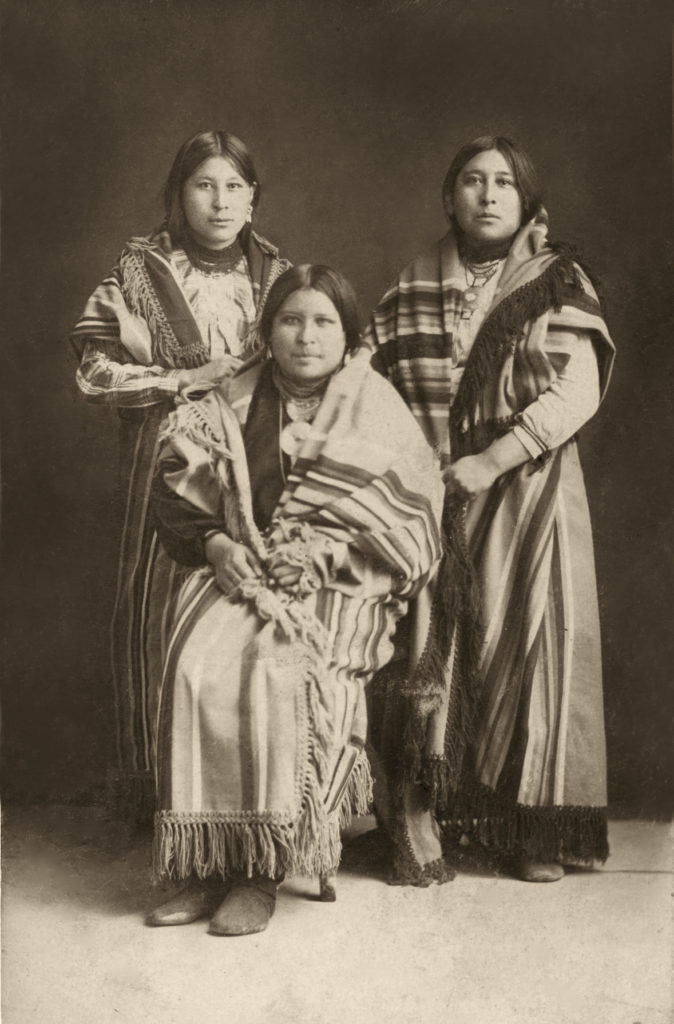October Book Of The Month Buddy Read

In the 1920s, the richest people per capita in the world were members of the Osage Nation in Oklahoma. After oil was discovered beneath their land, the Osage rode in chauffeured automobiles, built mansions, and sent their children to study in Europe.
Then, one by one, the Osage began to be killed off. The family of an Osage woman, Mollie Burkhart, became a prime target. One of her relatives was shot. Another was poisoned. And it was just the beginning, as more and more Osage were dying under mysterious circumstances, and many of those who dared to investigate the killings were themselves murdered.
As the death toll rose, the newly created FBI took up the case, and the young director, J. Edgar Hoover, turned to a former Texas Ranger named Tom White to try to unravel the mystery. White put together an undercover team, including a Native American agent who infiltrated the region, and together with the Osage began to expose one of the most chilling conspiracies in American history.

The Osage had learned about negotiating with the US government. Through the efforts of Principal Chief James Bigheart, in 1907 they reached a deal which enabled them to retain communal mineral rights on the reservation lands. These were later found to have large quantities of crude oil, and tribal members benefited from royalty revenues from oil development and production. The government leased lands on their behalf for oil development; the companies/government sent the Osage members royalties that, by the 1920s, had dramatically increased their wealth. In 1923 alone, the Osage earned $30 million in royalties. The Commissioner of the Bureau of Indian Affairs called them “the richest people in the nation.”
They are the only tribe since the early 20th century within the state of Oklahoma to retain a federally recognized reservation.
In 2000 the Osage sued the federal government over its management of the trust assets, alleging that it had failed to pay tribal members appropriate royalties, and had not historically protected the land assets and appreciation. The suit was settled in 2011 for $380 million, and a commitment to make numerous changes to improve the program.
I can not wait to read this book!


